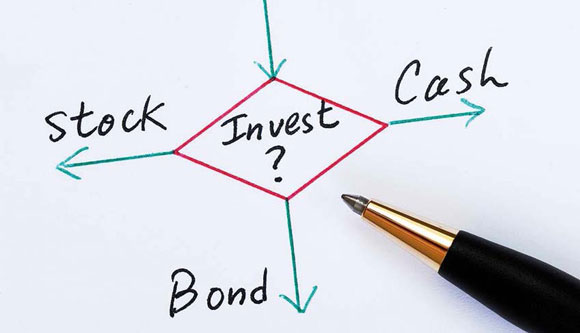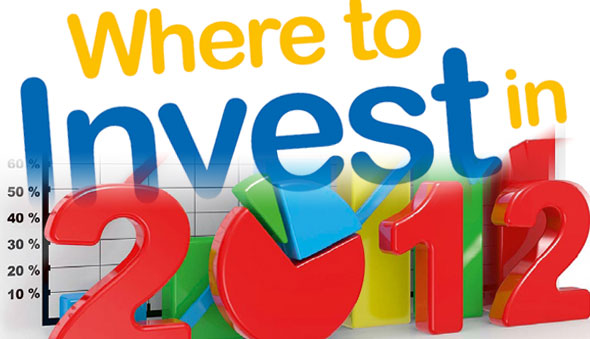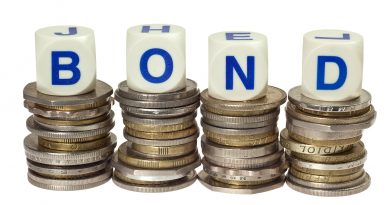A Primer on Balanced Fund
By Jesi Bondoc, RFP®
Investing in paper assets has become one of the most favored ways in letting your money work for you, particularly investing in the stock market. Given the low rates of return that our traditional savings and time deposit accounts provide, more people are now inclined to plunge their hard earned money in stocks with the hope of receiving better returns.
While it is true that stock investment can be a profitable avenue for better capital appreciation, it can also lead to a heartbreaking and a financially exhausting experience. The sad truth is if you do not have the time, expertise and excess cash, you should reconsider your position in chipping your money into stocks.
Yet, it is not all hopeless for people who want to try paper asset investment but lack the necessary tools and skills to do so. One can always find comfort in pooled fund investments like mutual funds or unit investment trust funds (UITFs). Investing in pooled funds is a good introduction to paper asset investment as it also provides higher potential returns with a couple of more advantages like diversification, affordability, flexibility and professional fund management.
There are several types of pooled funds in the market but the most common and major types are stock/equity funds, bond/ fixed-income funds, and balanced fund. These funds have their own benefits that can match an investor’s investment goal. Like any other investments, setting up your investment goal is the first thing that you should keep in mind. If your goal is geared towards a mixture of modest capital appreciation and safety, then a balanced fund is best suited in attaining your goal.
Balanced funds or sometimes referred to as hybrid funds are a mixture of different types of investment instruments like stocks and bonds. It combines the current income that can be derived from bonds and the capital appreciation prospects of stocks. Balanced funds generally maintain an acceptable asset allocation according to a fund manager’s economic projections and expectations.
Balanced funds are great for people who are quite ready to take the risk in stock investment but are not willing to go all the way. Usually, these funds offer less risk and volatility compared to purely stocks because of the bond investment component in their portfolio. Bonds normally hold up better versus stocks during economic turmoil.
It has been mentioned that pooled fund investments particularly balanced funds are a terrific introduction to paper asset investment, but before you rush and break your piggy bank to start investing, hold your horses and do your homework first. Although stock and bond investment through pooled funds offer possible rewards, it also entails risks that one prospective investor should examine. Note that paper asset investments offer no guarantees; however employing due diligence can help you in maximizing your chances towards a successful investment endeavor.
Listed below are some issues that you need to consider and examine before starting your balanced fund investment journey:
-
Examine the COST.
We often hear people saying “nothing is free”, the same is true with balanced funds. Professionally managing your investment entails cost. Pooled fund companies generally charge fees to pay expenses like management fees, marketing expenses, brokers’ commissions. Pay attention to these costs as they can deplete your overall return.
-
Examine the HISTORICAL RETURNS.
While it is true that past performances offer no guarantees of future earnings, it is still equally important to examine these data as they give investors a snapshot of how the pooled fund company is performing compared to its peers in the same industry.
-
Examine the FUND MANAGER ’S PROFESSIONAL BACKGROUND.
It just proper to examine the background of people who will be managing your investment; after all they’ll be the ones whom you’re entrusting your money with. Needless to say, fund managers who you’ll be employing should be experts in their field, have enough experience, and have a prudent style in producing strong investment performance for their investors.
As you prepare yourself in letting your money work for you through balanced fund Investment, check the following table to serve as your guide. Happy investing!
| COMPANY | NAV Per Share | YTD Return (%) | 5-yr. CumulativeReturn (%) |
|---|---|---|---|
| ALFM Growth Fund, Inc. | 233.80 | 26.31% | N.A. |
| ATRKE Phil. Balanced Fund, Inc | 1.8061 | 13.92% | 41.20% |
| Bahay Pari Solidaritas Fund, Inc. | 1.7350 | 21.20% | N.A. |
| First Metro Save and Learn Balanced Fund, Inc | 2.5058 | 18.46% | N.A. |
| GSIS Mutual Fund, Inc. | 3.6382 | 23.38% | 84.34% |
| NCM Mutual Fund of Phil., Inc | 1.7724 | 20.58% | N.A. |
| Philam Fund, Inc. | 15.9547 | 22.92% | 83.66% |
| Sun Life Prosperity Balanced Fund, Inc. | 3.074 | 13.28% | 83.70% |
| COMPANY | Min. Initial Investment(PHP) | Mgt. Fee per annum | Website |
|---|---|---|---|
| ALFM Growth Fund, Inc. | 10,000.00 | 2.00% | www.alfmmutualfunds.com |
| ATRKE Phil. Balanced Fund, Inc. | 5,000.00 | 2.00% | www.atrkimeng.com/ |
| Bahay Pari Solidaritas Fund, Inc. | 5,000.00 | 2.00% | www.alfmmutualfunds.com |
| First Metro Save and Learn Balanced Fund, Inc. | 5,000.00 | 1.75% | fami.com.ph/ |
| GSIS Mutual Fund, Inc. | 5,000.00 | 0.15% to 1.8% | www.philamfunds.com.ph |
| NCM Mutual Fund of Phil., Inc. | 100,000.00 | 0.15% to 1.8% | www.philamfunds.com.ph |
| Philam Fund, Inc. | 10,000.00 | 1/6 of 1% + 1/10 of 1% of the appreciation in the value of the Fund’s NAVPS in excess of 12% in any calendar year | www.philamfunds.com.p |
| Sun Life Prosperity Balanced Fund, Inc. | 5,000.00 | 2.00% | www.sunlife.com.ph |
Jesi Bondoc is a Registered Financial Planner, Certified Investment Solicitor and a Personal Finance Coach. He is currently the Associate Director of My Wealth MD and Partners, Inc. specializing in investment advisory and oversight. He also conducts wealth planning seminars and workshops for various corporations in the Philippines. You can reach him at jj_bondoc@yahoo.com or jbondoc@mywealthmd.com and for more info about Registered Financial Planner, please visit www.rfp.ph or email info@rfp.ph




